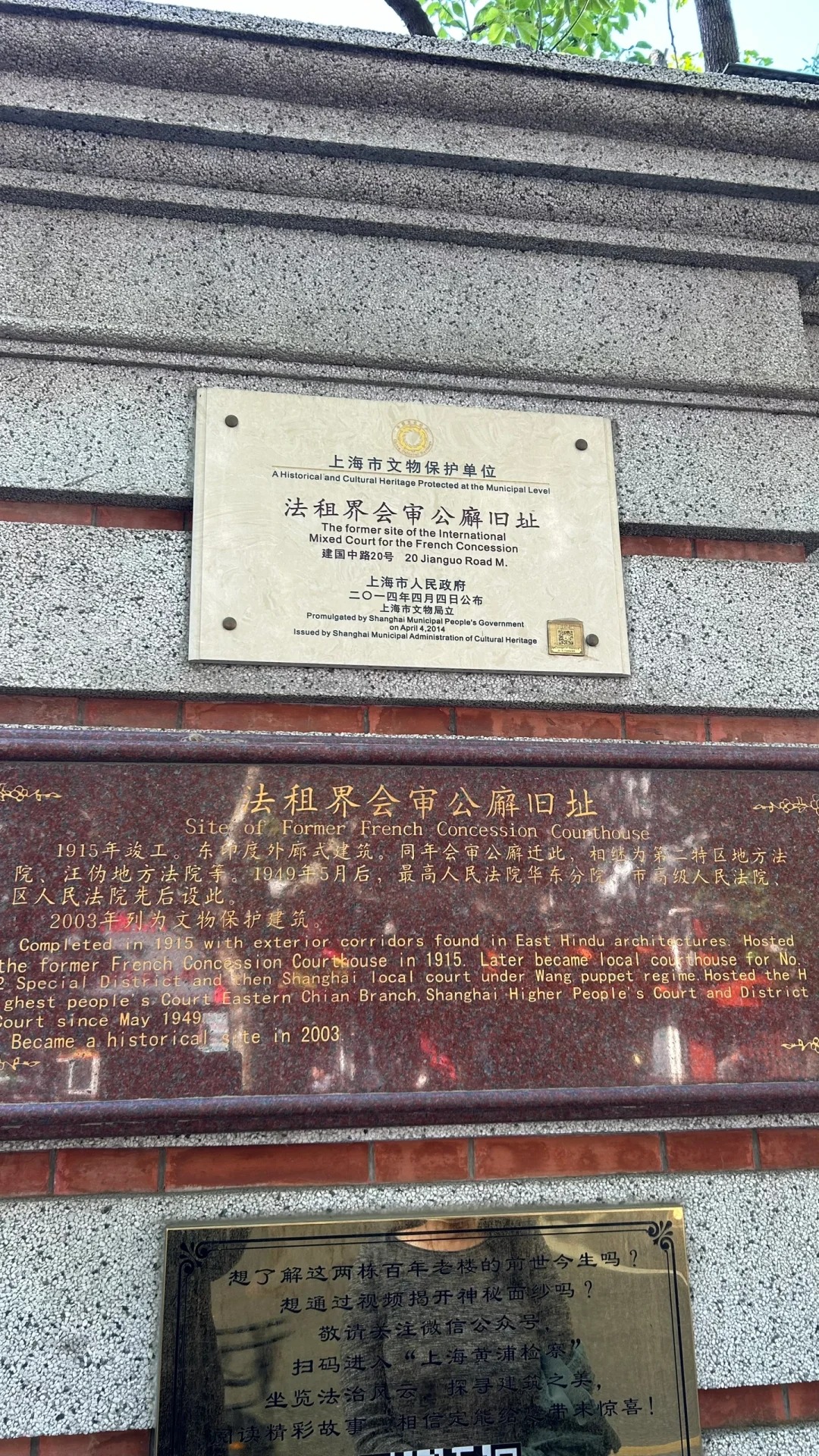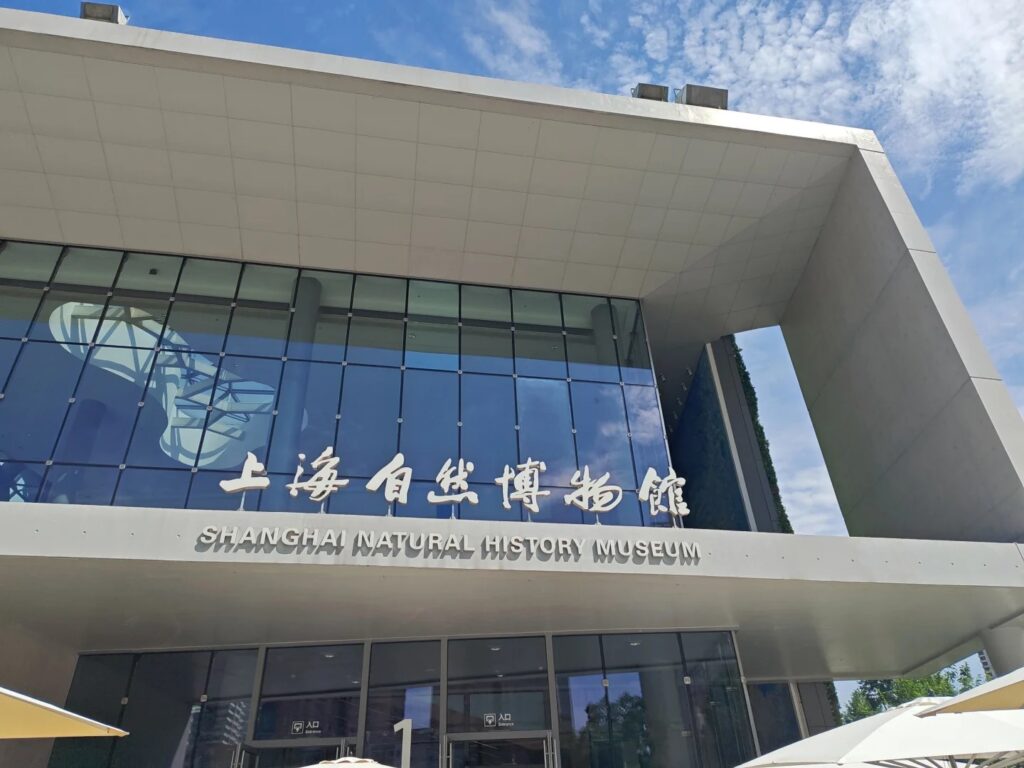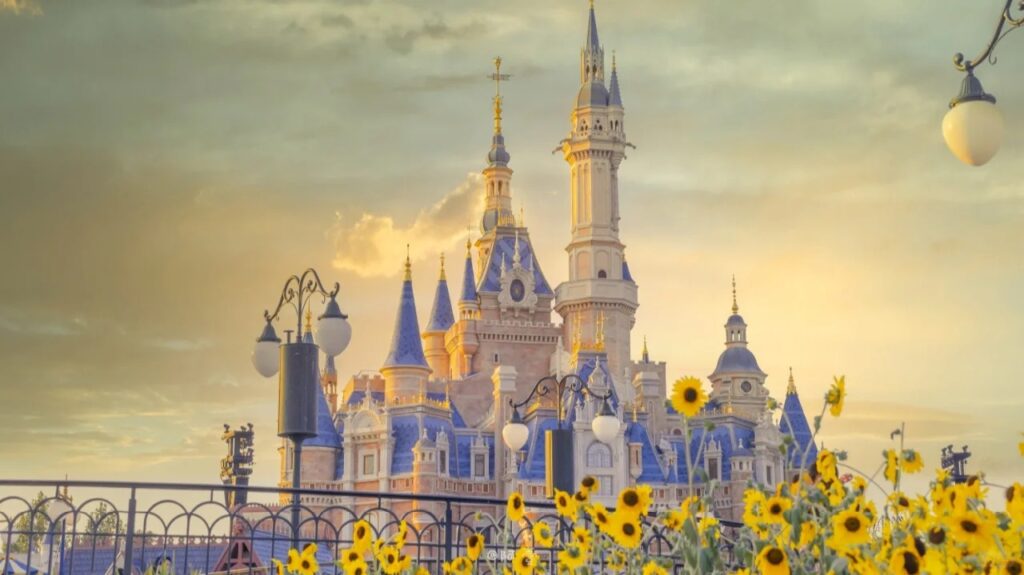Visiting Information
| Information | Details |
|---|---|
| Chinese Name | 上海法租界 (Shànghǎi Fǎ Zūjiè) |
| Location and Address | Xuhui and Huangpu Districts, Shanghai, China |
| Opening Hours | 24/7 (as it’s a district, individual attractions may have specific hours) |
| Entrance Fee | Free to explore the area (specific attractions may have fees) |
| How to Get There | By Metro: Lines 1, 7, 9, 10, 12, 13 (various stations serve the area) By Bus: Multiple bus lines serve the area By Taxi: Easily accessible from anywhere in Shanghai |
| Best Time for Visit | Spring (March to May) and Autumn (September to November) for pleasant weather |
| Contact Info | Not applicable (general area) |
Overview
The Shanghai French Concession is a historic area in Shanghai, China, that was once a foreign concession governed by France. Established in 1849 and lasting until 1943, this district has become one of Shanghai’s most charming and popular areas, known for its tree-lined streets, European-style architecture, and unique blend of Eastern and Western cultures. Today, it’s a trendy neighborhood filled with boutique shops, cafes, restaurants, and historical sites, attracting both locals and tourists alike.
Historical Background
The French Concession was established in 1849 when the French Consul to Shanghai obtained a proclamation that allowed France to establish a concession area in Shanghai. Over the years, it expanded several times, reaching its largest area in the 1920s. During its heyday, the French Concession was known for its distinct culture, mixing Chinese and French influences. It became a hub for both foreign residents and wealthy Chinese, known for its fashionable lifestyle and vibrant nightlife. The area was governed by the French until 1943 when it was handed over to the Japanese-controlled puppet government during World War II. After the war, it came under Chinese control but retained much of its unique character and architecture.
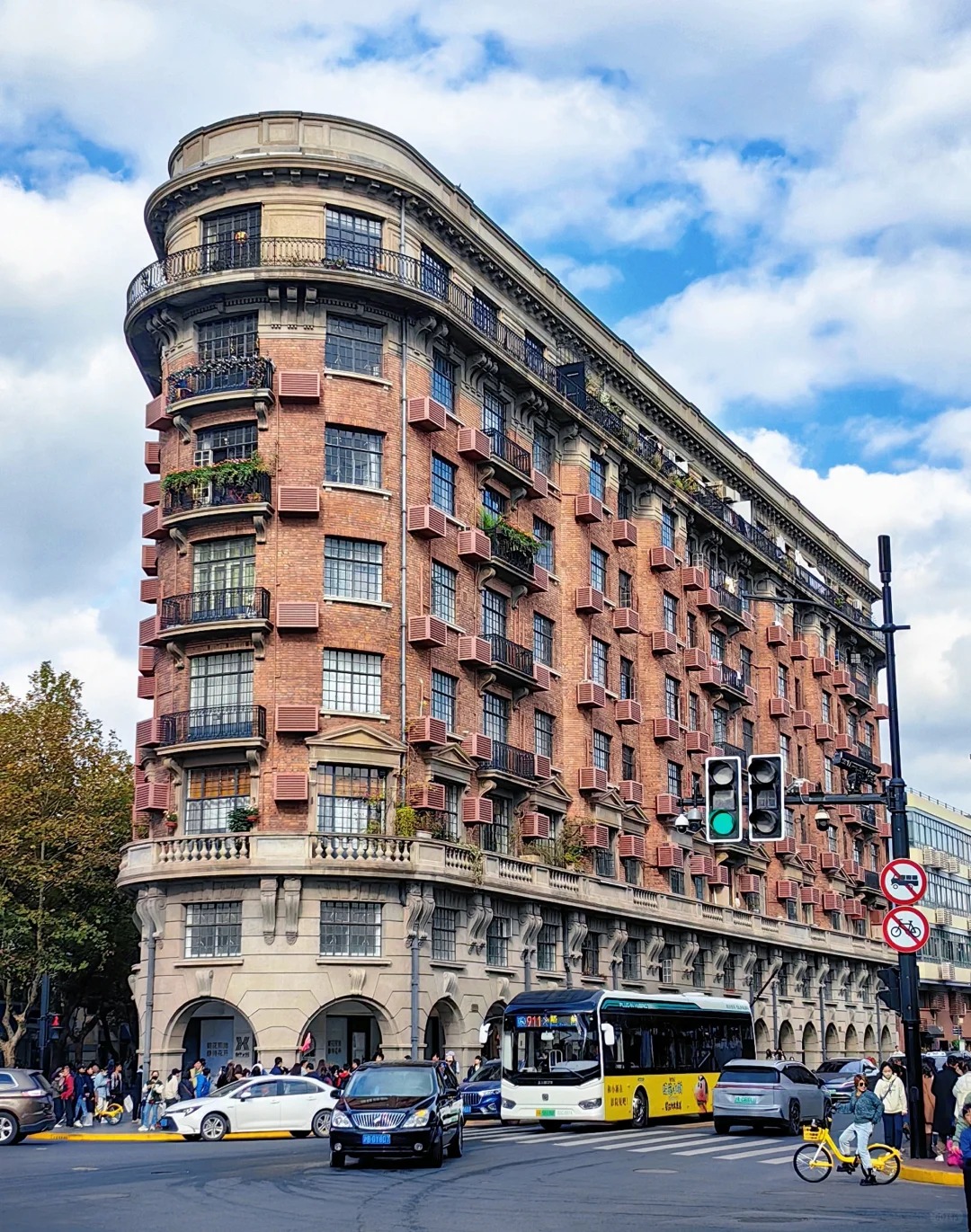
Architectural Features
- Shikumen Houses: These unique Shanghai-style townhouses blend Western and Chinese architectural elements. Characterized by stone gate frames, high walls, and narrow alleyways, Shikumen houses represent a significant part of Shanghai’s architectural heritage. Many of these structures can be found in the Xintiandi and Tianzifang areas of the former French Concession.
- Art Deco Buildings: The French Concession boasts numerous Art Deco style buildings, reflecting the global popularity of this architectural style during the 1920s and 1930s. These buildings feature geometric designs, stylized facades, and often incorporate both Western and Chinese motifs, creating a unique “Shanghai Deco” style.
- Tudor-Style Mansions: Several Tudor-style mansions can be found in the area, particularly along Fuxing Road and Huaihai Road. These buildings, with their distinctive half-timbered facades and steep roofs, were often the residences of wealthy foreigners or Chinese elites during the concession era.
- Tree-Lined Streets: One of the most distinctive features of the French Concession is its tree-lined streets, particularly those with French plane trees. These trees, many of which are over a century old, create a canopy over the streets, providing shade and contributing to the area’s charming, European-like atmosphere.
Cultural Importance
The Shanghai French Concession holds immense cultural importance as a symbol of Shanghai’s cosmopolitan history and its status as a meeting point between East and West. It represents a unique period in China’s history when foreign powers held considerable influence in certain areas of the country. The district has been home to many significant historical figures, including Sun Yat-sen, the founding father of the Republic of China, and various Chinese intellectuals and revolutionaries. Today, it serves as a living museum of Shanghai’s past, preserving architectural styles and urban planning concepts from the late 19th and early 20th centuries. The area’s blend of Chinese and Western influences has created a distinct local culture, reflected in its cuisine, lifestyle, and artistic expressions. As a popular tourist destination and trendy neighborhood, the French Concession continues to play a crucial role in shaping Shanghai’s cultural identity and its image as an international metropolis.
Surrounding Attractions
- Xintiandi: Located at the eastern edge of the former French Concession, Xintiandi is a fashionable pedestrian street featuring restored Shikumen houses. These traditional Shanghai-style buildings now house upscale shops, restaurants, and bars. It’s a popular spot for both tourists and locals, offering a blend of traditional architecture and modern amenities. The area also includes the site of the First National Congress of the Chinese Communist Party, now a museum.
- Tianzifang: Situated in the heart of the former French Concession, Tianzifang is a maze of narrow alleyways filled with Shikumen houses that have been converted into art galleries, design studios, boutique shops, and cafes. This area offers a more bohemian and artistic atmosphere compared to Xintiandi, with many local designers and artists showcasing their work. It’s an excellent place to experience the fusion of old Shanghai architecture with contemporary art and culture.
- Fuxing Park: This large public park was originally created by the French in 1909. Today, it’s a popular spot for locals to engage in various activities such as tai chi, dancing, and playing mahjong. The park features French-style gardens, fountains, and statues, providing a peaceful retreat from the bustling city. It’s an excellent place to observe local life and enjoy some green space in the heart of Shanghai.
- Former Residence of Sun Yat-sen: Located on Xiangshan Road, this villa was the residence of Sun Yat-sen, the founding father of the Republic of China, and his wife Soong Ching-ling. Now a museum, it offers insights into the life of this important historical figure and the revolutionary period in China’s history. The well-preserved European-style villa also provides a glimpse into the lifestyle of Shanghai’s elite during the early 20th century.
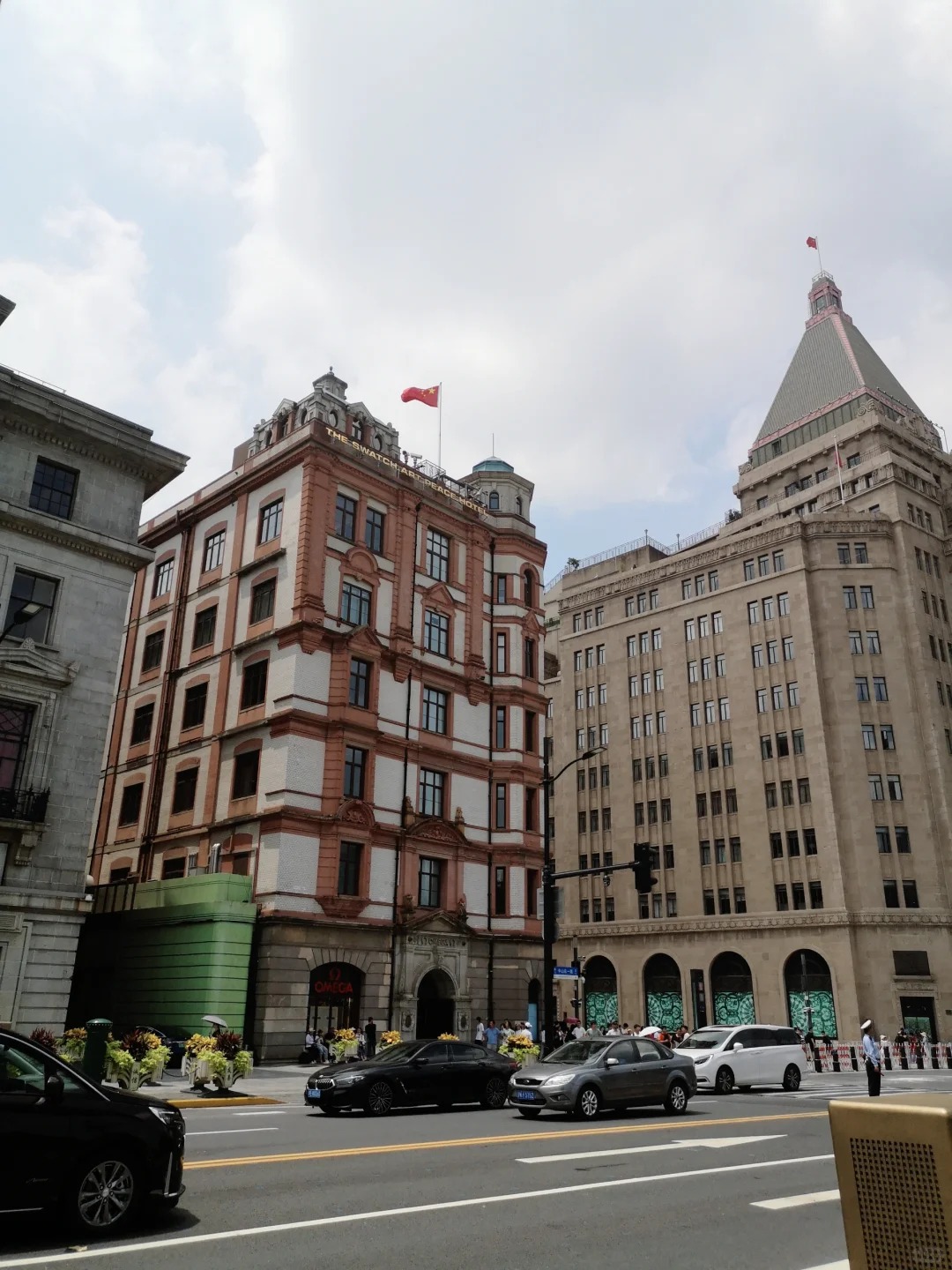
Photography Opportunities
- Tree-Lined Streets: The iconic plane trees that line many streets in the French Concession create beautiful natural tunnels, especially in spring and autumn. These tree-lined avenues offer excellent opportunities for atmospheric street photography, capturing the unique character of the area. The interplay of light and shadow through the leaves can create stunning effects, particularly during golden hour.
- Architectural Details: The diverse architectural styles present in the French Concession provide endless subjects for photography enthusiasts. From the intricate details of Shikumen houses to the grand facades of Art Deco buildings, there are numerous opportunities to capture the area’s rich architectural heritage. Close-up shots of doorways, windows, and ornamental features can yield particularly interesting results.
- Street Life and Local Culture: The French Concession is a great place to capture candid shots of local life. From elderly residents practicing tai chi in Fuxing Park to fashionable young people browsing boutiques in Tianzifang, there are many opportunities to photograph the diverse aspects of Shanghai culture. The area’s cafes, restaurants, and street food vendors also offer colorful subjects for food and lifestyle photography.
- Seasonal Changes: Each season brings different photographic opportunities in the French Concession. Spring offers beautiful cherry blossoms and magnolias, summer brings lush green canopies, autumn transforms the plane trees into golden tunnels, and winter occasionally brings a dusting of snow that creates a magical atmosphere. Capturing the same locations across different seasons can result in a compelling series of images showcasing the area’s changing face throughout the year.
Modern Importance
- Cultural Heritage Preservation: The Shanghai French Concession plays a crucial role in preserving a significant part of Shanghai’s cultural and architectural heritage. As one of the few areas in Shanghai that retains much of its pre-1949 character, it serves as a living museum of the city’s history. The preservation efforts in this area demonstrate Shanghai’s commitment to maintaining its historical legacy while adapting to modern urban development needs.
- Tourism and Economic Impact: As one of Shanghai’s most popular tourist destinations, the French Concession contributes significantly to the city’s tourism industry. Its unique blend of Eastern and Western influences attracts visitors from around the world, supporting local businesses such as hotels, restaurants, and shops. The area’s popularity also drives real estate values, making it one of the most desirable and expensive neighborhoods in Shanghai.
- Creative and Cultural Hub: The French Concession has become a center for creative industries in Shanghai. Its charming environment has attracted numerous art galleries, design studios, and creative businesses, fostering a vibrant cultural scene. Areas like Tianzifang have become incubators for local artists and designers, contributing to Shanghai’s reputation as a global creative city.
- Urban Planning Model: The layout and design of the French Concession, with its tree-lined streets, mixed-use developments, and pedestrian-friendly areas, serve as a model for urban planning in China. As cities across the country grapple with issues of livability and sustainability, the French Concession offers lessons in creating human-scale, diverse urban environments that blend residential, commercial, and cultural spaces.
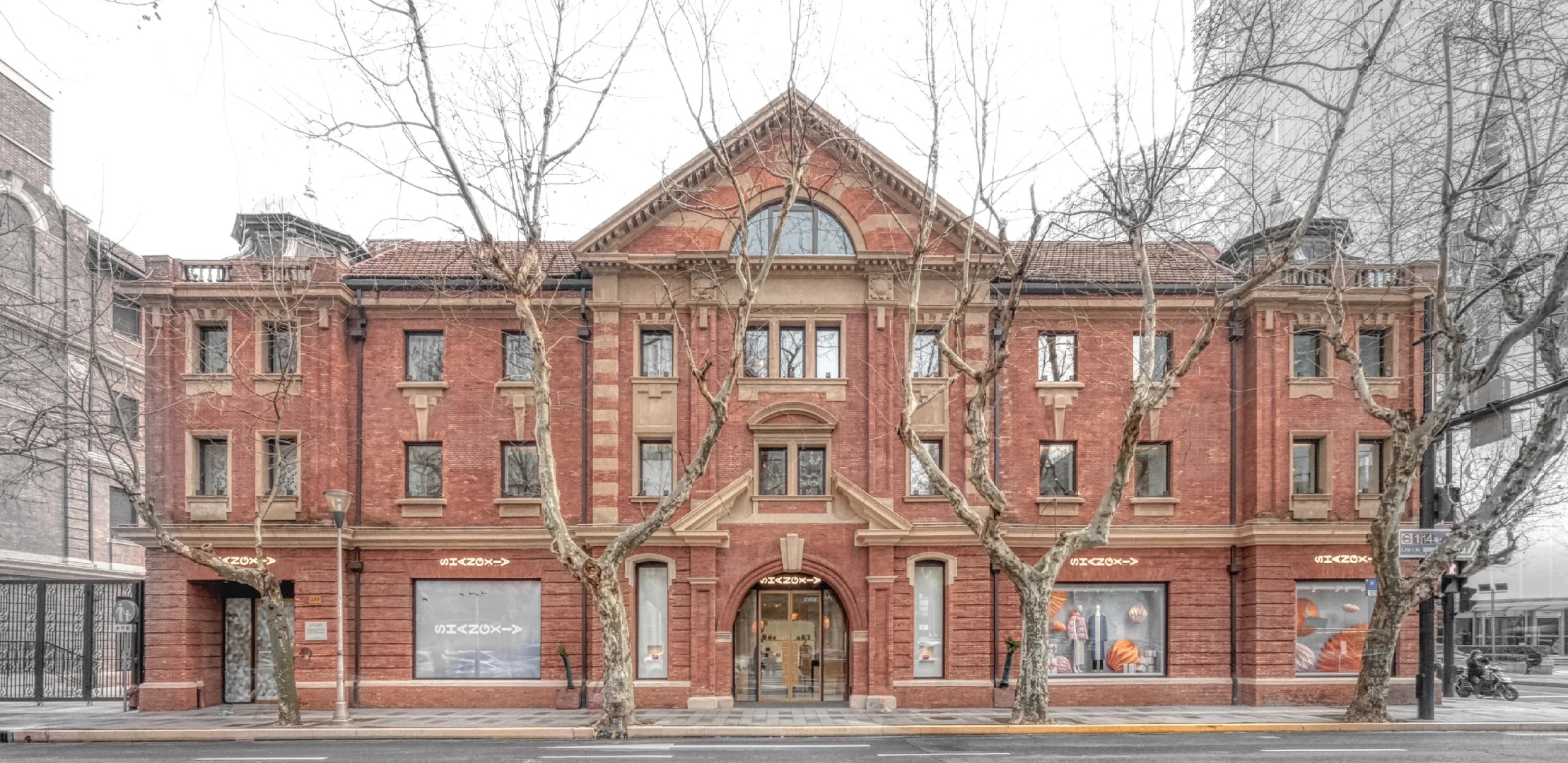
FAQ
- What is the Shanghai French Concession famous for?
The Shanghai French Concession is famous for its tree-lined streets, European-style architecture, blend of Eastern and Western cultures, and its historical significance as a former French-administered area in Shanghai. - What’s inside the Shanghai French Concession?
Inside the Shanghai French Concession, you’ll find a mix of historic architecture, trendy shops, cafes, restaurants, art galleries, museums, and parks. Notable areas include Xintiandi, Tianzifang, and Fuxing Park. - Is the Shanghai French Concession free?
Yes, exploring the Shanghai French Concession area is free. However, some specific attractions within the area may charge entrance fees. - Is the Shanghai French Concession worth visiting?
Yes, the Shanghai French Concession is definitely worth visiting. It offers a unique glimpse into Shanghai’s history, beautiful architecture, and a vibrant contemporary culture and lifestyle. - What to do in the Shanghai French Concession?
In the Shanghai French Concession, you can explore historic streets, visit museums, shop in boutique stores, enjoy local and international cuisine, relax in parks, visit art galleries, and experience Shanghai’s café culture. - How do I get to the Shanghai French Concession in the local city?
In Shanghai, you can reach the French Concession area by taking the Metro Lines 1, 7, 9, 10, 12, or 13 to various stations serving the area. Multiple bus lines also serve the district, and it’s easily accessible by taxi from anywhere in Shanghai. - How to visit the Shanghai French Concession?
To visit the Shanghai French Concession, start by exploring the main streets like Huaihai Road and Fuxing Road. Visit key areas such as Xintiandi and Tianzifang, explore Fuxing Park, and wander the tree-lined streets to admire the architecture. Consider joining a walking tour for historical insights, or simply stroll around and enjoy the atmosphere, stopping at cafes and shops along the way. The area is best explored on foot or by bicycle to fully appreciate its charm.


